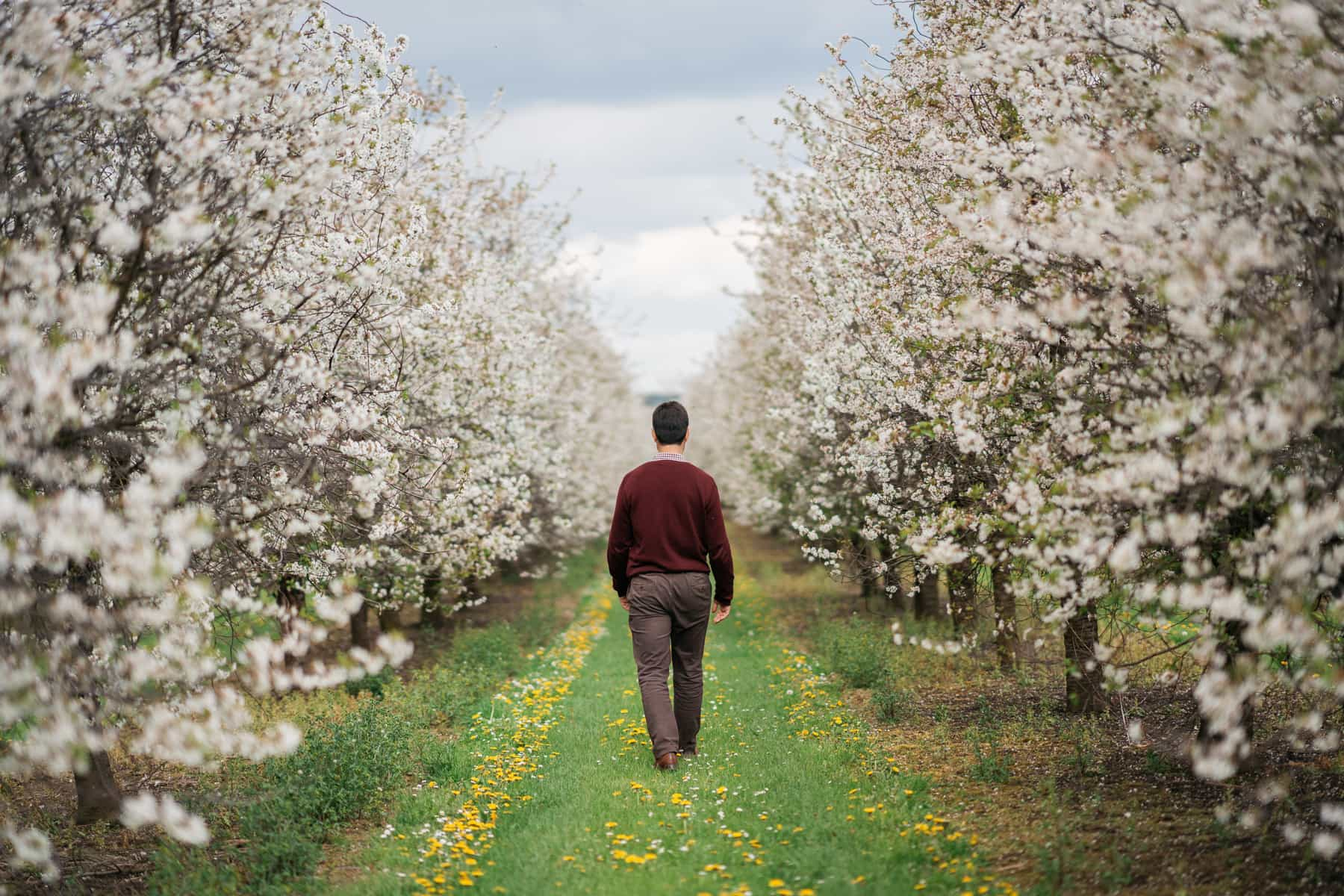Autumn beers
So-called autumn beers are occasionally associated with the beer produced especially for the Oktober Fest in Munich, the largest annual beer festival. This beer follows a strict recipe: barley, hops, yeast, 6° alcohol content and brewed in March: every brewer at the festival must comply exactly with these instructions! However, Belgian brewers like to be more creative. Their autumn beers are often distinguished by more intense bitterness, in addition to roasted and toffee-like flavours, plus a deeper amber colour. Moreover, they have a slightly stronger alcohol content. Beers like this are sometimes associated with IPAs, even though IPAs were originally created for reasons other than seasonality. Or they may be associated with ‘Bocks’, special beers that are mainly brewed in the Netherlands, and which often appear on the market in September. This concept of an autumn beer was apparently born in Canada, thanks to the Indian Summer – a mild but very short period before the cold sets in.

